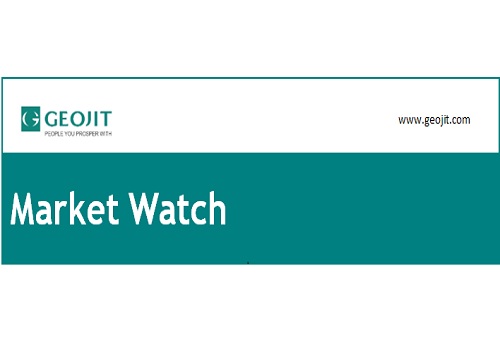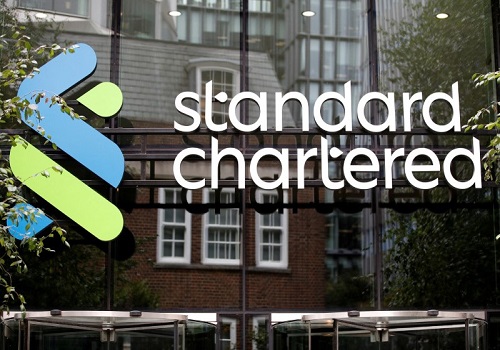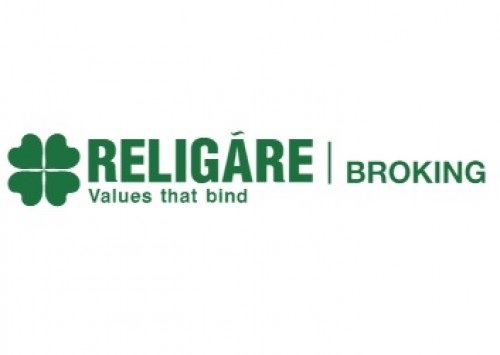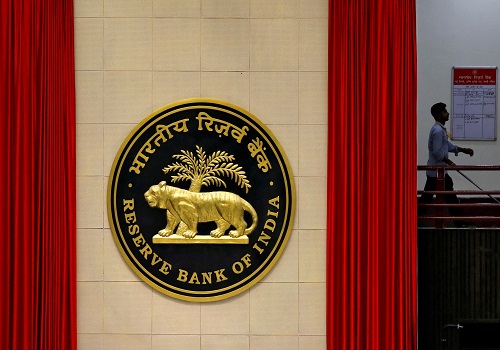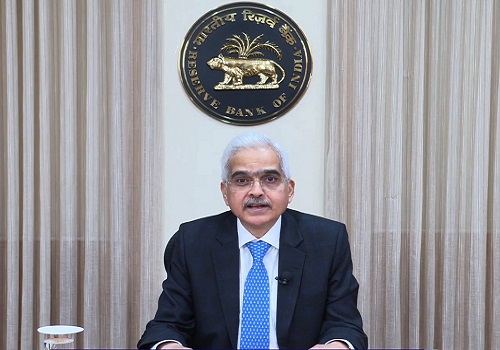Household debt in India does not pose systemic concern: RBI
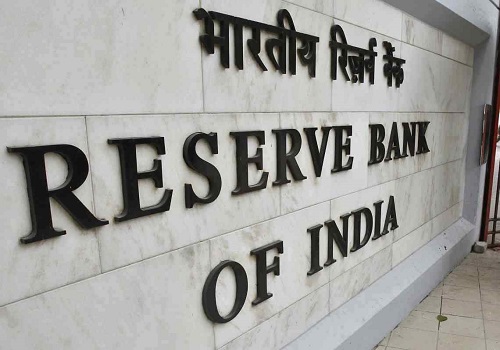
Despite the recent increase in financial liabilities, household debt in India is much lower than in other emerging market economies (EME) and, therefore, the risk of defaults due to greater exposure of higher mortgage payments and floating rate interest is limited in India, according to the Reserve Bank of India’s (RBI) financial stability report.
“The current level of household debt in India does not pose systemic concern,” the report observes.
Gross household financial savings, which had surged to 15.4 per cent of GDP in 2020-21 (pandemic peak year), supported by large precautionary savings, fell to 11.1 per cent in 2021-22 and further to 10.9 per cent in 2022-23, reverting to its pre-pandemic trend (viz., an average of 11.0 per cent during 2011- 12 to 2019-20), the report states.
In terms of absolute levels, gross household financial savings expanded by 13.9 per cent year-on-year during 2022-23.
Household net financial savings (HNFS), however, fell sharply to 5.1 per cent of GDP in 2022-23 from 11.5 per cent in 2020-21, well below its long-run annual average of 7.0-7.5 per cent.
The fall in HNFS was driven by a rapid rise in financial liabilities from 3.8 per cent of GDP in 2021-22 to 5.8 per cent in 2022-23 even as financial assets moderated only marginally to 10.9 per cent in 2022-23 from 11.1 per cent in 2021-22, according to the RBI report.
The increase in financial liabilities was driven by a steep rise in borrowings from financial institutions, with a large part in physical assets creation (mortgages and vehicles).
Thus, the overall savings of households may still hold steady with a compositional shift in favour of physical savings.
This would directly add to gross capital formation, supporting an upturn in the private investment cycle and, eventually, the prospects for growth, the report points out.
Moreover, recent data show that HNFS rose to 7.0 per cent of GDP in Q4:2022-23 from 4.0 per cent of GDP in the previous quarter, indicating normalisation of HNFS towards the pre-pandemic long-term trend.
Household debt moderated to 37.6 per cent of GDP in March 2023 from its peak level of 39.2 per cent in March 2021, the report added.
